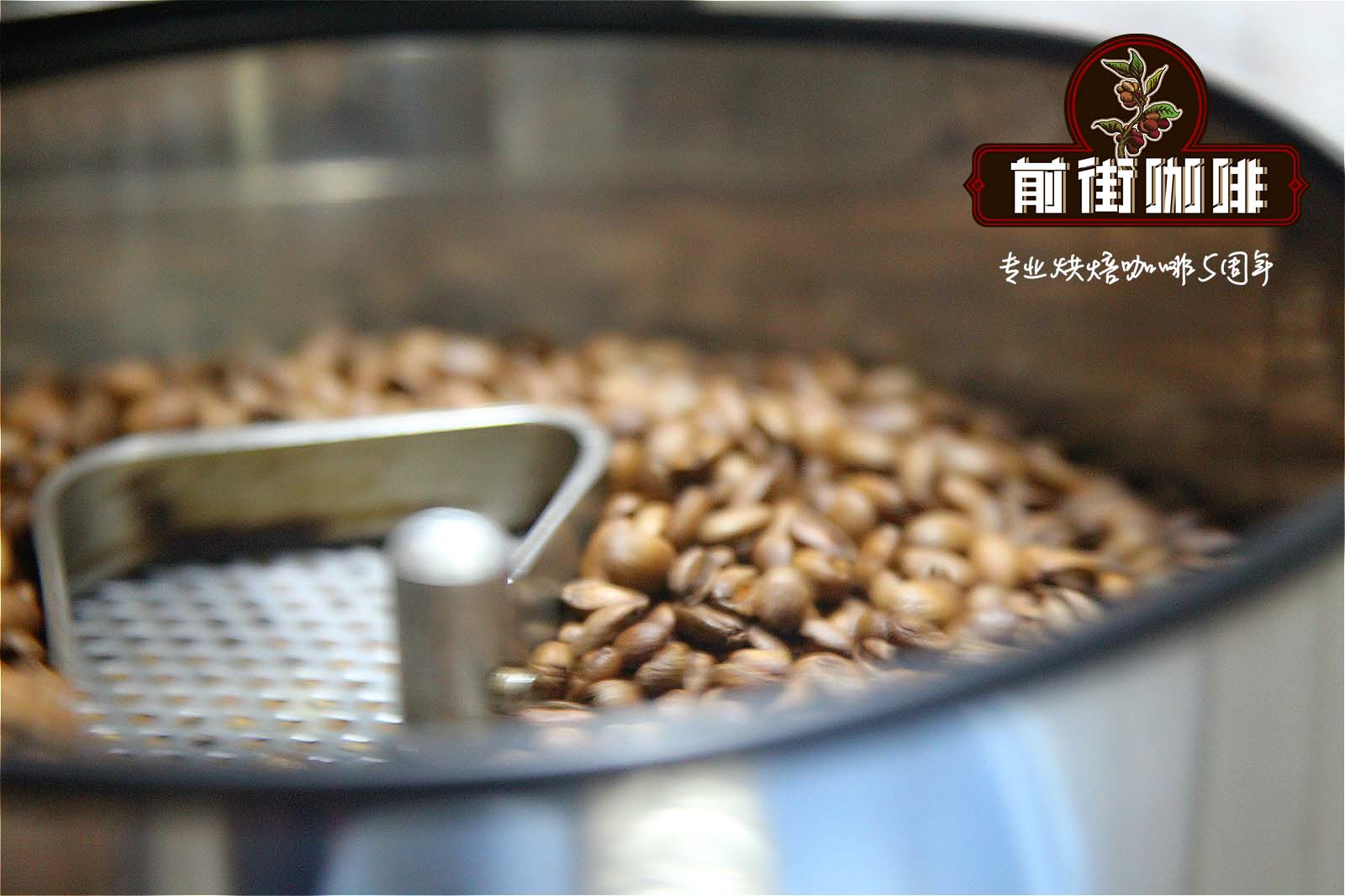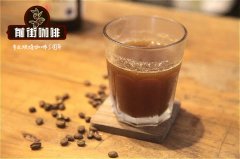What kind of coffee powder are used for baking? Guide to roasting methods of coffee from shallow roasting to heavy roasting

Professional coffee knowledge exchange more coffee bean information please follow the coffee workshop (Wechat official account cafe_style)
What's your favorite coffee roast? Re-baking? Shallow baking?
Somewhere in the middle? The coffee roasting guidelines here range from light to heavy coffee roasting.
The degree to which coffee beans are roasted is one of the most important factors that determine the taste of a cup of coffee. Before roasting, green coffee beans are soft and have a fresh "grass" taste, with little or no taste. Coffee roasting process will be these raw beans unique aroma, delicious, crisp, we recognize the coffee beans.
Of course, other factors also enter a complex equation that determines the taste of your coffee. Two coffee varieties, originating from different countries or grown in different environments, are likely to be very different, even when roasted to the same level (especially at light to medium roasting levels). The age of coffee, processing methods, grinding, and brewing methods will also affect the taste. But the baking level provides a baseline, a rough guide to the taste you can expect.
The most common way to describe the roasting level of coffee is by the color of roasted beans, from light roasting to heavy roasting (or super heavy roasting). When coffee beans absorb heat during roasting, their color darkens. Oil appears on the surface at high temperatures. Because of the change of coffee beans, the color is not a particularly accurate judgment of a roast. However, combined with a typical baking temperature to produce a specific brown, color is a convenient way to classify baking levels.
The preference for baking and so on is subjective. The level of baking you like may depend on where you live. In the United States, people on the west coast usually prefer deep baking than on the east coast. Europeans also like deep baking, lending their names to the so-called French, Italian and Spanish, baking to control the deep end of the baking spectrum.
The name and description of roasting are not standard in the coffee industry. Starbucks, for example, uses Starbucks' roasting spectrum ™to roast its coffee in three: Starbucks ®blond roasting ("light-bodied," like balcony mixed ™), Starbucks ®medium roasting ("smooth, balanced"), and Starbucks ®dark roasting ("fuller and bolder"). California's BBQ Rogers Family, on the other hand, has five roasting levels from which extra darkness. The San Francisco Bay Fog Destroyer mix, for example, is a complete city of moderately roasted coffee. )
In general, though, we can roast the most common coffee from light to dark, as follows:
Light Roast shallow baking
Light baking is light brown, with a shiny appearance and oil-free surface of cocoa beans. The taste of shallow baking has obvious grain acidity. The origin taste of beans is retained to a greater extent than baking. Light roasting also retains most of the caffeine in coffee beans.
Light roasted coffee beans generally reach an internal temperature of 180 °C, 205 °C (356 °F 401 °F). At or about 205 °C, legumes are prevalent or cracked and enlarged. This is called the "first crack" (the "second crack", see below). Therefore, a light roasted coffee bean generally means that a kind of coffee is not roasted beyond the first crack.
Some common names in the shallow baking category are: Light City, Half City, Cinnamon Roas (crack before baking), New England Roast (a popular baking in the northeastern United States, baking to the first crack)
Baking in Medium Roasts
The color of medium roasted coffee beans is brown. Like shallow baking, they are in bean oil-free noodles.
However, the lack of light baking taste, showing a more balanced flavor, rich aroma, acidity. Caffeine is reduced, but there is more caffeine than deep roasting.
The internal temperature of medium baking reaches 210 C (410 °F) and 220 °C (428 °F)-between the first crack end, just at the beginning of the second crack.
Common baking names at medium baking level include Refular Roast,American Roast (traditional baking in the eastern United States, baking to the end of the first crack), City Roast (medium brown, a typical baking throughout the United States), and Breast Roast.
Medium-Dark Roasts medium heavy baking
Medium heavy roasted coffee is richer and darker in color, with some oil on the surface of the beans.
Medium heavy baking has a heavier body than light baking or moderate baking.
The beans are roasted to the beginning or middle of the second crack-about 225 °C (437 °F) or 230 °C (446 °F). The taste and aroma become obvious during the baking process, and the coffee may be a little spicy.
The most common medium heavy baking is called Full-City Roast (baking until the second crack begins) and After Dinner Roast,Vienna Roast (baking to the middle of the second crack, sometimes characterized by a dark baking).
Dark Roasts re-baking
Heavy-baked coffee is dark brown, like chocolate, and sometimes almost black.
They have an oily luster on the surface, which is usually evident in the cup when the re-roasted coffee is brewed.
The taste in the roasting process obscures the origin of the coffee.
Coffee usually has a bitter, even burning taste. The amount of caffeine has been greatly reduced.
In order to reach a re-baking level, coffee beans are roasted to an internal temperature of 240 °C (464 °F)-about the end of the second crack-or beyond. They are rarely roasted to temperatures above 250 °C (482 °F), at which point the beans are thin, characterized by the smell of tar and charcoal.
Re-baked coffee has many names. Therefore, buying a re-bake can be confusing.
Some popular names include French barbecue, Italian roast, roasted espresso, continental, New Orleans and Spanish roast. Many of the re-baked espresso are blends used in espresso.
So you have it-a short guide to roasting regular coffee from light roasting to heavy roasting. Summarize the differences, except for the level of color:
As coffee roasting gets darker and darker, they lose the taste of bean producing areas and bear more flavor from the roasting process.
The heavier the coffee's body is until the second crack in the body becomes thinner again.
The acidity of the lighter is higher than that of baking.
Shallow baked beans are dry, while heavy baking develops oily tofu surfaces.
The amount of caffeine decreases.
Finally, it's all about taste, smell, aroma. In the morning you may prefer a light roasted coffee (more caffeine) and a re-roasted coffee up the day. Coffee, including the best roasting level, is a personal preference. What would yours be?
Qianjie coffee: Guangzhou bakery, the store is small but a variety of beans, you can find a variety of unknown beans, but also provide online store services. Https://shop104210103.taobao.com
Important Notice :
前街咖啡 FrontStreet Coffee has moved to new addredd:
FrontStreet Coffee Address: 315,Donghua East Road,GuangZhou
Tel:020 38364473
- Prev

How to drink deep-baked coffee powder? Illustration of the brewing method of Turkish coffee powder
Professional coffee knowledge exchange more coffee bean information please follow the coffee workshop (Wechat official account cafe_style) deeply roasted coffee beans, ground into a very fine coffee powder, can be used to make Turkish coffee. The fineness of coffee powder required by Turkish coffee is the finest of all kinds of bubble methods, requiring very fine grinding, and the intuitive standard is that coffee powder is finer than flour. And then mix.
- Next

How do you drink American coffee in the United States? Is American coffee bitter?
More information on coffee beans Please follow the Coffee Workshop (official Wechat account cafe_style) when people mention American coffee, people immediately think of light American coffee made with lightly roasted beans, which is in fact the main drink in the western United States. The coffee chains we are familiar with are STATBUCKS and Seattle Gourmet Coffee (Seatt).
Related
- Beginners will see the "Coffee pull flower" guide!
- What is the difference between ice blog purified milk and ordinary milk coffee?
- Why is the Philippines the largest producer of crops in Liberia?
- For coffee extraction, should the fine powder be retained?
- How does extracted espresso fill pressed powder? How much strength does it take to press the powder?
- How to make jasmine cold extract coffee? Is the jasmine + latte good?
- Will this little toy really make the coffee taste better? How does Lily Drip affect coffee extraction?
- Will the action of slapping the filter cup also affect coffee extraction?
- What's the difference between powder-to-water ratio and powder-to-liquid ratio?
- What is the Ethiopian local species? What does it have to do with Heirloom native species?

